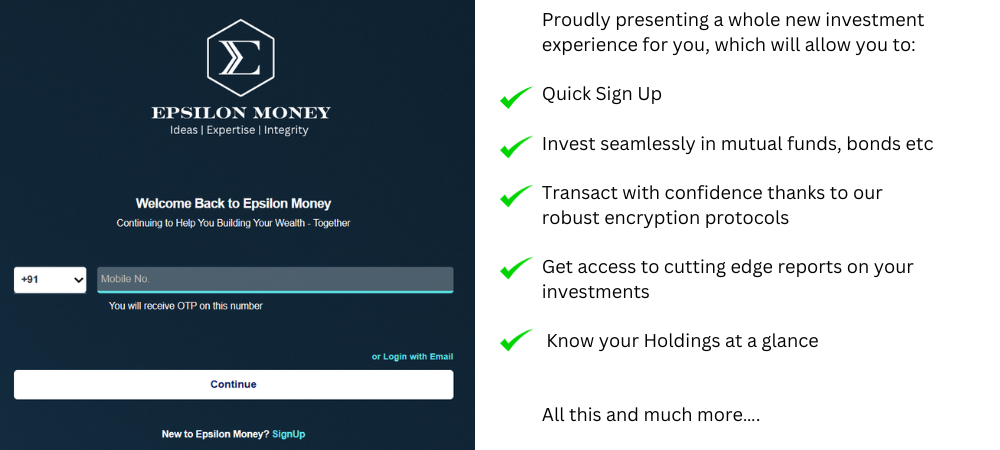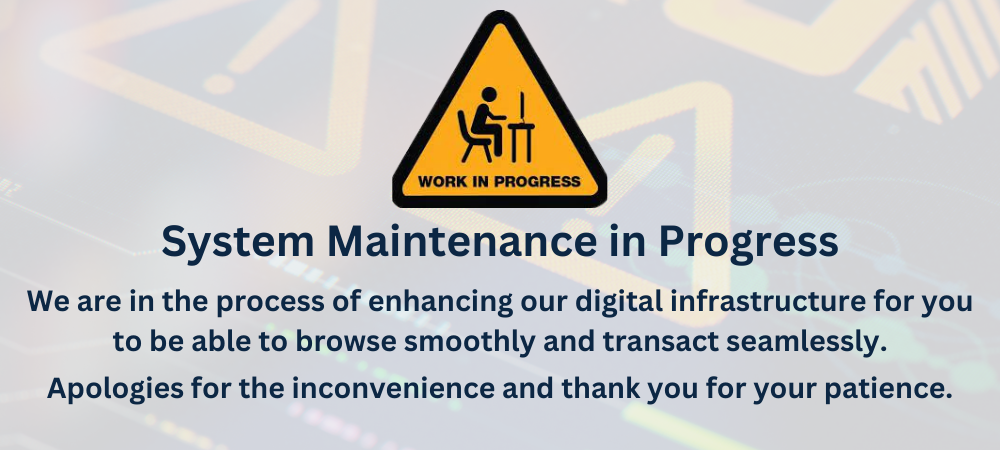Blog |
Smart Play with Financial Instruments
– Mayank Prakash Regional Director, Delhi, Epsilon Money
Rotating the strike is the Key
Lords! A cloudy English day! Green Grass on the Pitch! Seaming and Swinging conditions! What should be a batsman’s approach in this precarious environment? We live in precarious market conditions these days similar to the batting conditions described above. One day up, one day down! In such cricketing conditions, should a batsman go for a giant heave on the leg side or plant his foot forward and try to nudge for a single? Sometimes, it’s important to save your wicket and keep the scoreboard ticking rather than score quick runs. Similarly, capital preservation in these times becomes more important than alpha generation. What should be the ideal way to navigate this market you ask? Well, a lot of experts prescribe multitudes of distinct complicated financial remedies. However, the solution may be very simple, which would help preserve capital while generating extra returns in a volatile market.
Bond with the best
Bonds are a type of financial instruments like FDs. They give you a fixed interest but unliked FDs, they are traded at a price. Let’s say, looking at the markets, you shift Rs. 1 lakh to AAA or AA rated, one year or two-year tenure fixed income bonds by holding the bonds till maturity. There are several such bonds which pay interest to the tune of 8%-10% per annum. Such a bond’s interest pay-out of about Rs.8000-9000 could be used for an SIP or a lumpsum investment into equity mutual funds. Maybe in a year, when the market stabilizes, and the interest hike cycle seems to be ending, the money from the bonds, which were held till maturity, could be shifted to debt mutual funds. When the rate hiking cycle ends, we expect to have a more stable regime in terms of inflation and the economic growth. Hence, one could buy and hold a debt mutual fund for more than 3 years. Let say we bought a debt mutual fund for Rs. 1 lakh from the redemption of the bond which we were holding till maturity. It is not unheard of for debt mutual funds to give returns to the tune of a minimum of 6%-7%. With interest rates in the economy going down, we would also have mark to market gains on the debt mutual funds. Indexation is a good friend in the context of tax management as it adjusts the capital gain with inflation so that tax outlay on the capital gain is less. Let’s say that the value of our investment of Rs. 1 lakh in debt mutual fund rises to Rs. 1,25,000 in 3 years, holding the debt mutual funds for more than 3 years would also let us enjoy the benefits of indexation. It may be noted that the capital gain tax would be 20% post indexation. The amount of Rs. 25,000 earned in capital gains would be adjusted first for inflation and then a tax of 20% would be charged. Let’s say that with indexation, the initial cost of the bond is calculated to be Rs. 1,10,000, taxation would only be applicable to Rs. 15,000 of capital gain! Additionally, the interest from the bonds held till maturity, which we had invested in equity mutual fund, might give us very good returns in the holding period of 4 years. These investments in equity mutual fund might even go as high as 1.6x-1.8x of the initial investment as you would be buying at a lower point. Accordingly, we would make about 8%-10% in the volatile markets and then, in the upcoming rally in the markets we would make returns on equity investments due to the interest and mark to market gains in debt.
Save your wicket Runs will come
A strategy on similar lines could become an interesting way to navigate this market with a focus on capital preservation. Yes, sometimes in markets when the going gets tough the smart let it pass. Take a single and wait on the other side but always keep the scoreboard ticking! Simple.
The views and opinions expressed are those of the authors and do not necessarily reflect the official policy or position of Epsilon Money.

